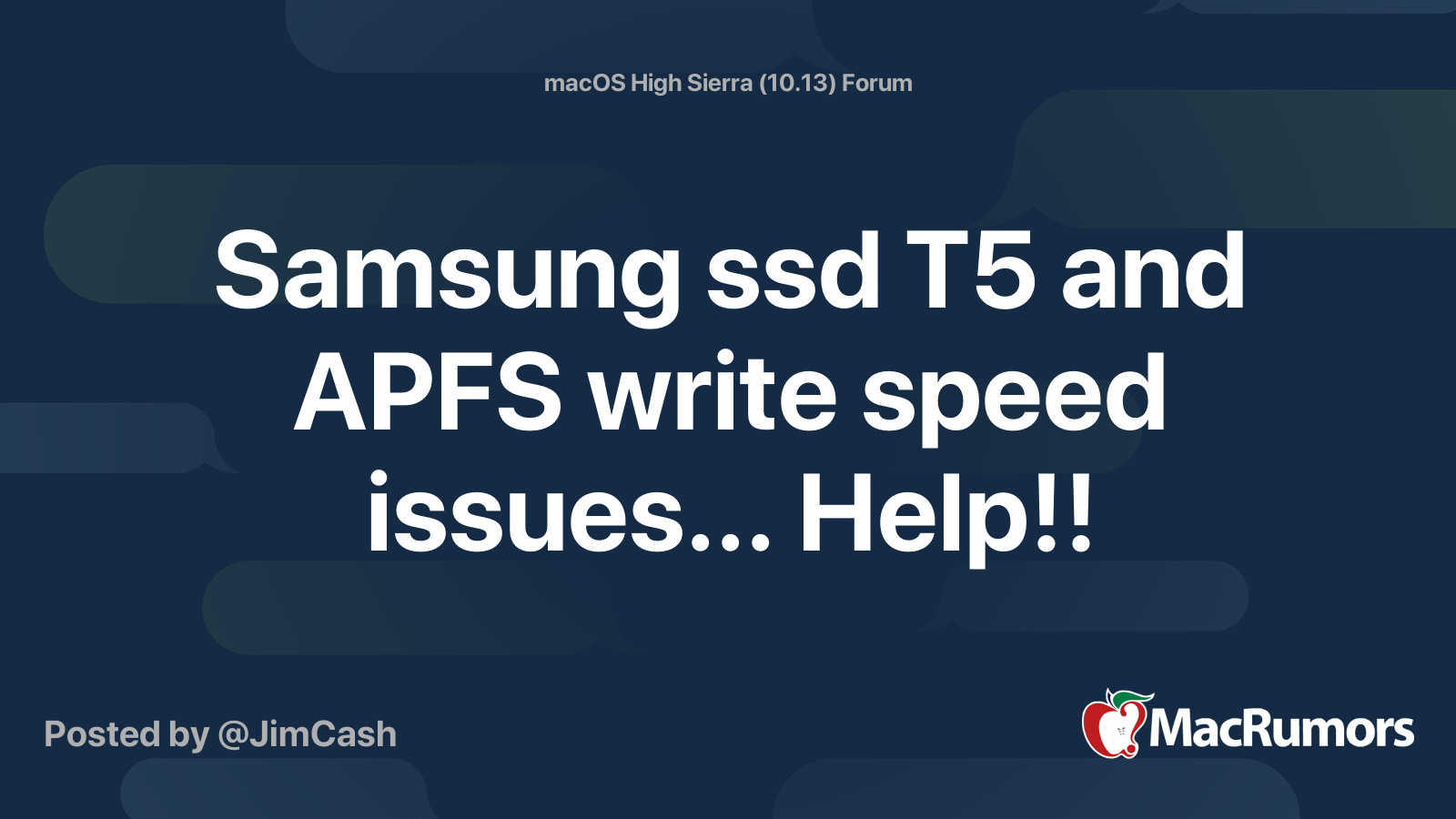APFS on Fusion Drives: No
The original intent of APFS was to work seamlessly with both hard drives and SSDs. During the initial beta versions of macOS High Sierra, APFS was available to install on SSDs, hard drives, and on the Apple tiered storage solution, the
Fusion Drive. Fusion Drive is a combination of a small but fast SSD along with a large but slow hard drive.
Fusion Drive performance and reliability with APFS seemed to come into question during the betas of macOS High Sierra. When the operating system was publicly released, support for APFS on Fusion drives was pulled, and the operating system's disk utility was modified to prevent Fusion Drives from being converted to
APFS format.
Speculation pointed to a reliability issue with converting existing Fusion Drives to the APFS format. But the real challenge may be a performance hit taken by the hard-drive component of the Fusion pair. One of the features of APFS is a new technique to ensure data protection called Copy-on-Write. Copy-on-Write keeps data loss to a minimum by creating a new copy of any file segment that is being modified (write). It then updates the file pointers to the new copies after the write is successfully completed. While this approach protects data during the writing process, it can also lead to file segmentation, scattering parts of a file around a disk.
On a solid-state drive, this is not much of a concern. On a hard drive, it can lead to
disk fragmentation and reduced performance. On a Fusion drive, file copying can often happen because one of the functions of tiered storage is to move frequently used files from the slower hard drive to the faster SSD, and rarer files from the SSD to the hard drive. All this copying could cause fragmentation glitches on the hard drive when APFS and Copy-on-Write are in use.








